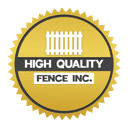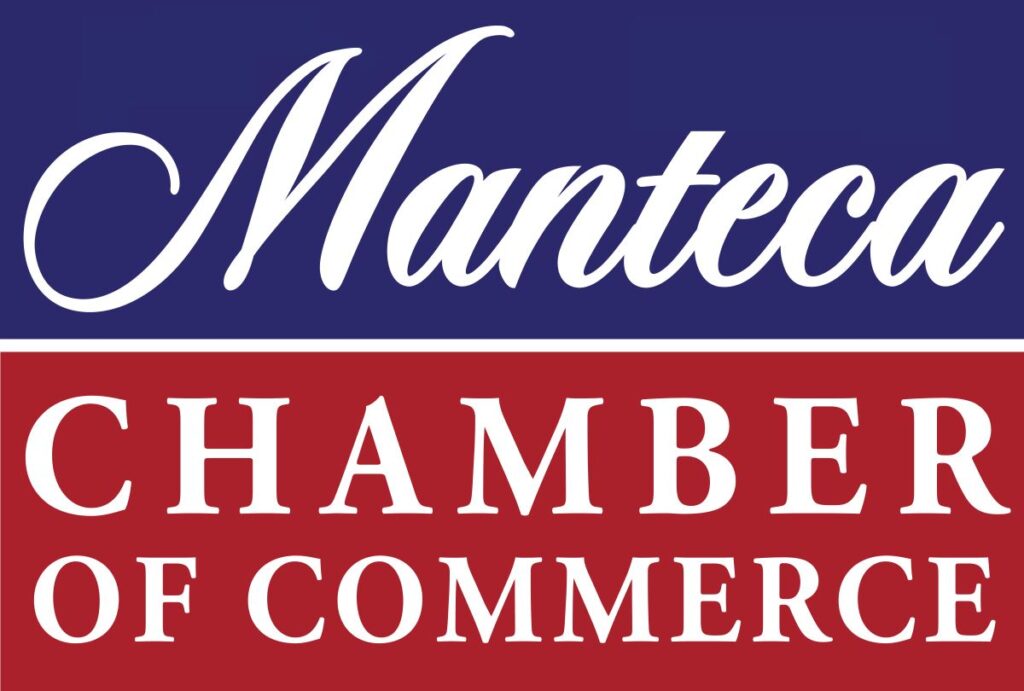Iron fences are timeless additions to any property, offering both aesthetic appeal and security. However, like any outdoor fixture, they are subject to wear and tear over time. From rust accumulation to loose hinges, iron fence owners often encounter a range of common problems that require prompt attention. Understanding these issues and their solutions is crucial for maintaining the integrity and longevity of your iron fence.
In this blog, we’ll delve into the most frequent challenges faced by iron fence owners, providing insights into their causes and practical solutions. Whether you’re dealing with rust spots tarnishing your fence’s appearance or grappling with gates that no longer swing smoothly, we’ll explore effective strategies to address these issues and restore your iron fence to its former glory.
Rust Formation: Causes and Prevention Measures
Rust formation on iron fences can occur due to various factors, primarily stemming from exposure to moisture and oxygen. When iron comes into contact with water or humidity, it undergoes a chemical reaction known as oxidation, leading to the formation of rust. Additionally, environmental pollutants and debris accumulation can accelerate this process. To prevent rust, regular maintenance is essential.
Applying a protective coating such as paint or rust-inhibiting primer creates a barrier between the iron and the elements, reducing the likelihood of oxidation. Routine inspections to identify and address any signs of rust early on can also help mitigate its spread and preserve the integrity of the fence over time.
Loose or Broken Fence Posts: Repair Techniques
Loose or broken fence posts compromise the stability and security of your iron fence. Addressing these issues promptly is crucial to prevent further damage and ensure the longevity of your investment. Here are some effective repair techniques to consider:
- Excavate around the base of the post to assess the extent of the damage.
- Reinforce the post by adding additional concrete for stability.
- Compacting the soil around the post to provide added support.
- Consider replacing severely damaged posts to maintain structural integrity.
- Regularly inspect fence posts for signs of loosening or breakage to prevent future issues.
Ensuring your fence posts are securely anchored and properly maintained will not only enhance the appearance of your property but also provide peace of mind knowing your fence is built to last.
Damaged Panels: Patching vs. Replacement
Damaged panels on an iron fence can detract from its visual appeal and compromise its structural integrity. When faced with damaged panels, property owners often have to decide between patching the existing panel or opting for complete replacement. Patching involves repairing the damaged section using welding techniques or epoxy fillers to fill in cracks or holes.
While patching may offer a cost-effective solution in the short term, it’s essential to consider the extent of the damage and whether it compromises the overall stability of the fence. In cases where the damage is extensive or affects the integrity of the entire panel, replacement may be the more practical long-term solution. By assessing the severity of the damage and weighing the pros and cons of each option, property owners can make an informed decision to restore the functionality and appearance of their iron fence.
Gate Alignment Issues: Adjusting Hinges and Latches
Gate alignment issues can arise over time due to factors such as ground settlement, wear and tear, or improper installation. Common symptoms include gates that drag or fail to close properly, posing security risks and inconveniences for property owners. Addressing gate alignment issues often involves adjusting hinges and latches to ensure smooth operation and proper closure.
This may require tightening or replacing loose screws, realigning hinges, or adjusting the tension of gate springs. In some cases, ground settlement may be the underlying cause of misalignment, requiring adjustments to the gate’s position or the installation of additional support mechanisms. Regular inspection and maintenance of gate components are essential for identifying and resolving alignment issues promptly, preserving the functionality and security of the iron fence.
Paint and Coating Maintenance: Extending Your Fence’s Lifespan
Proper maintenance of paint and coating on your iron fence is essential for ensuring its longevity and preserving its aesthetic appeal.
- Regular Cleaning: Remove dirt, debris, and grime buildup from the fence surface to prevent paint deterioration and corrosion.
- Inspection: Conduct periodic inspections to identify any signs of paint chipping, peeling, or fading, addressing them promptly.
- Repairing Damage: Patch up any areas of paint damage or corrosion using suitable primers and paints to prevent further deterioration.
- Applying Protective Coating: Apply a fresh coat of high-quality paint or protective sealant to safeguard the iron surface against rust and environmental damage.
- Choosing the Right Products: Select paints and coatings specifically formulated for metal surfaces to ensure durability and long-lasting protection.
By following these maintenance steps, you can effectively extend the lifespan of your iron fence and maintain its visual appeal for years to come.
Missing or Damaged Finials: Restoring Ornamental Elements

Finials serve as decorative accents on iron fences, adding a touch of elegance and sophistication to their design. However, exposure to harsh weather conditions or accidental damage can result in missing or damaged finials, detracting from the fence’s overall appearance.
Restoring missing or damaged finials requires careful attention to detail and often involves fabrication or replacement of the affected components. Property owners can choose from a variety of finial designs to match the aesthetic of their fence, ensuring a seamless restoration process. Regular inspection and maintenance of finials are essential for identifying any issues early on and preventing further damage. By restoring missing or damaged finials, property owners can preserve the ornamental elements of their iron fence and enhance its visual appeal for years to come.
Ground Settlement: Addressing Uneven Fence Lines
Ground settlement is a natural occurrence that can cause the soil beneath an iron fence to shift over time, resulting in uneven fence lines and compromised stability. Common signs of ground settlement include leaning or sagging fence sections, gaps between panels, or difficulty opening and closing gates. Addressing ground settlement requires stabilizing the soil and realigning the fence to ensure proper installation. This may involve adding additional support such as concrete footings or steel reinforcements to prevent further shifting.
Property owners should also monitor the condition of their fence regularly and address any signs of ground settlement promptly to prevent more extensive damage. By addressing ground settlement and realigning fence lines, property owners can maintain the integrity and appearance of their iron fence and ensure its long-term durability.
Welding Repairs: Fixing Cracks and Breaks
Welding repairs are often necessary to fix cracks, breaks, or other structural damage to an iron fence. Welding involves fusing metal components together using heat and pressure to create a strong, seamless bond. When faced with cracks or breaks in an iron fence, property owners can enlist the services of a professional welder to assess the extent of the damage and determine the appropriate repair technique.
This may involve reinforcing the affected area with additional metal or welding the broken pieces back together to restore structural integrity. Proper welding repairs require skill and precision to ensure the repaired sections blend seamlessly with the rest of the fence. By addressing cracks and breaks promptly with welding repairs, property owners can prevent further damage and extend the lifespan of their iron fence.
Corrosion Management: Protecting Against Environmental Factors
Corrosion is a common concern for iron fences exposed to outdoor elements such as moisture, humidity, and salt air. Left unchecked, corrosion can compromise the structural integrity of the fence and lead to costly repairs or replacement. Effective corrosion management involves implementing preventive measures to protect the iron surface from oxidation and rust formation.
This may include applying a corrosion-resistant coating or sealant to the fence, regularly cleaning and maintaining the surface, and addressing any signs of corrosion promptly. Property owners in coastal or humid climates may need to take extra precautions to protect their iron fence from corrosion due to the higher levels of moisture and salt in the air. By implementing proactive corrosion management strategies, property owners can prolong the lifespan of their iron fence and preserve its structural integrity for years to come.
DIY vs. Professional Repair: Choosing the Right Approach
When faced with repairs or maintenance tasks for an iron fence, property owners often have to decide whether to tackle the job themselves or enlist the help of a professional. While DIY repairs may offer cost savings, they require the necessary skills, tools, and expertise to ensure successful outcomes.
Minor repairs such as painting touch-ups or tightening loose screws may be manageable for DIY enthusiasts with basic handyman skills. However, more complex repairs such as welding or structural reinforcement are best left to experienced professionals to ensure safety and quality craftsmanship. Property owners should carefully assess their abilities and the scope of the repair task before deciding whether to proceed with a DIY approach or hire a professional. By choosing the right approach for their specific needs, property owners can effectively address issues with their iron fence and maintain its functionality and appearance for years to come.
Maintaining an iron fence requires proactive attention to common issues such as rust formation, loose posts, and damaged panels. By understanding the causes of these problems and implementing preventive measures, property owners can preserve the beauty and functionality of their iron fence for years to come. Whether opting for DIY repairs or seeking professional assistance, addressing issues promptly is key to ensuring the longevity of your investment.
For expert assistance with your iron fence repair and maintenance needs, contact High Quality Fence today at 209-815-9015 or email us at info@highqualityfence.com. Our team of professionals is dedicated to providing high-quality service and ensuring the continued durability and beauty of your fence.

